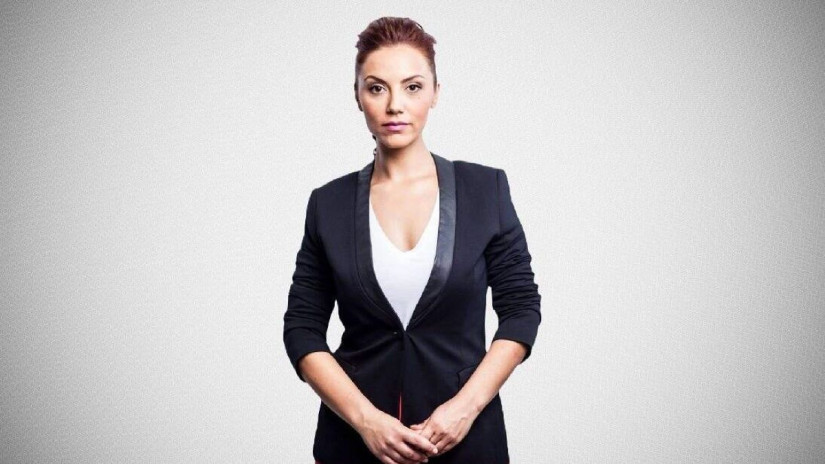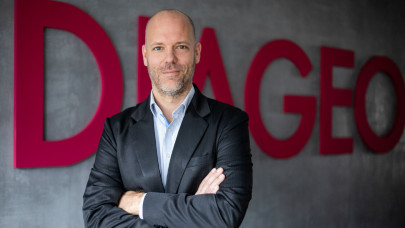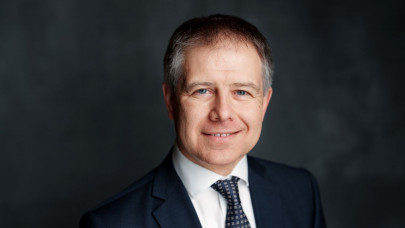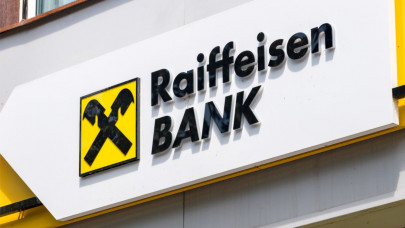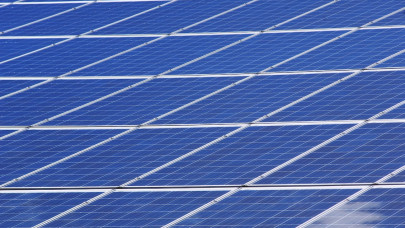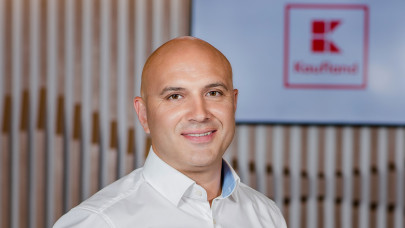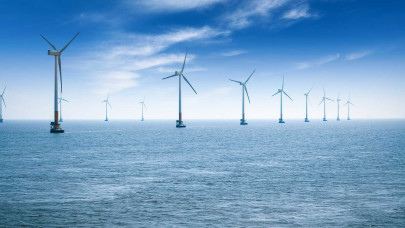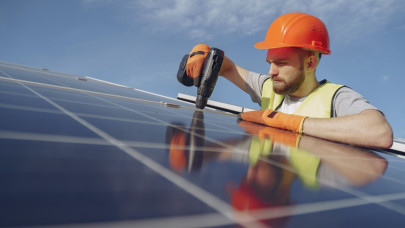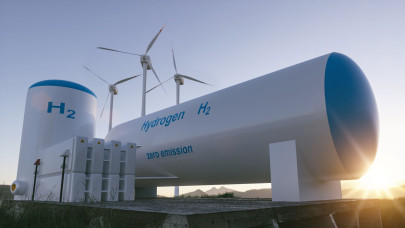How would you summarize Raiffeisen Bank Romania's ESG strategy?
Sustainability is a fashionable domain right now and a top business buzzword. However, at Raiffeisen Bank Romania we have a commitment to sustainable reporting that started 14 years ago. Being focused on sustainability is a long-term commitment that takes a lot of complex work and understanding. I am self-taught in this domain, but my endeavours started many years back. Becoming a mother enhanced my interest in this domain so much that now I'm almost an activist. I care about nature and the green economy, and my duty as a responsible adult is to leave this house of ours at least as clean as we received it if not cleaner. One does not need to generate many corporate sustainable reports to know this. But after each report, such as the one we recently published, you realize how hard a battle this is and how important is to tackle it the right way.
What is the total value of the green credits granted by the bank in total, cumulatively?
One of our commitments is to place capital in a sustainable economy and every year we try to raise the bar in this area. For example, the total amount of sustainable loans granted by Raiffeisen Bank last year exceeded €500 million and the total portfolio of green products for corporate customers reached €435 million. We are also focusing on SMEs, as we are seeing increased interest in loans for investments in environmentally friendly equipment. Companies are starting to invest in energy-efficient technologies at an early stage, which we see as a sign that we, as a society, are on the right track.
Regarding community involvement, in which such projects is the bank involved?
Our involvement in community projects is either about education and skills training for jobs in a sustainable economy or about social projects that help bridge the gap between developed areas and those with high social risk. Last year, we invested €1.3 million to support projects dedicated to the community, with 40% of this amount going to educational programs.
What are the measures you are implementing to reduce the negative impact on the environment?
When it comes to caring for the environment, no step is too small. Of course, there are a lot of things to improve, and people are afraid of big changes and things that are sometimes beyond their power. I believe it is up to each of us to make a change for the better and starting with something as simple as replacing fluorescent lights with LEDs in all our branches can make a difference. At the same time, we continued the process of replacing air conditioners, central heating units, and cooling units and we began contract changes with energy suppliers to transition to 100% renewable electricity with reduced environmental impact.
How much did the bank invest to replace the old equipment?
Many of the investments are ongoing, it is a complex process that covers several directions. Between 2020 and 2022 we have invested €4.1 million for the replacement of fluorescent lighting in all our branches. Another €1.6 million was invested in replacing central heating and air conditioning equipment.
What's your strategy to determine the reduction of paper consumption?
We continued to invest in digitalization, and this led to a 24% reduction in paper consumption last year as compared to 2021. What did we do? Among many other initiatives, we developed RaiConnect (remote communication and advice), launched remote enrollment of individual customers - an end-to-end digital process, optimized enrollment, and data update processes in agencies using document scanning, expanded digital signatures for the SME segment, enabling remote signing and reducing traditional paper documentation, and accelerated the growth of transactions through digital channels (payments, foreign exchange, deposits).

